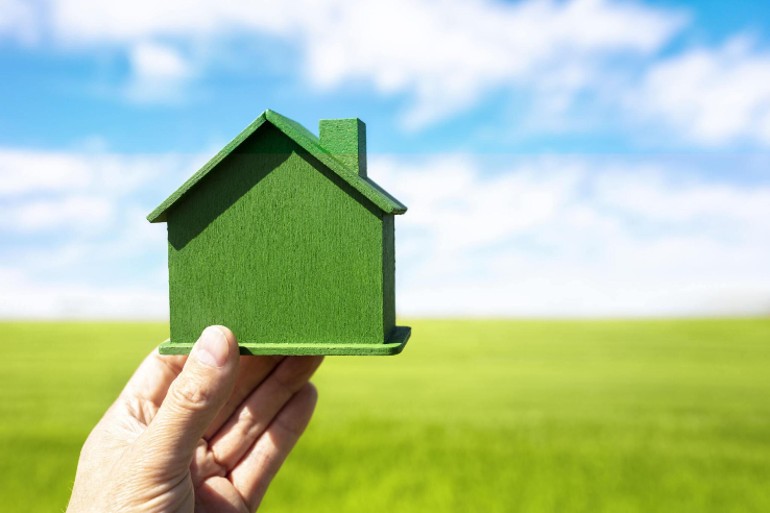Sustainable Building Practices: Integrating Eco-Friendly Materials into Construction Projects
In recent years, the construction industry has undergone a significant shift towards more sustainable practices. As concerns about environmental impact and resource depletion continue to grow, builders and developers are seeking innovative ways to reduce their carbon footprint and create eco-friendly structures. One key aspect of this movement is the integration of sustainable, eco-friendly materials into construction projects.
Understanding the Importance of Sustainability
Sustainability in construction goes beyond simply minimizing environmental harm. It encompasses a holistic approach that considers the long-term impact of building materials on ecosystems, human health, and energy consumption. By prioritizing sustainability, builders can not only reduce their environmental footprint but also create healthier, more resilient communities.
The Rise of Eco-Friendly Materials
Gone are the days when sustainable building materials were considered niche or prohibitively expensive. Today, a wide range of eco-friendly options are readily available, offering builders ample choices to meet their project needs. These materials include recycled wood, reclaimed metal, bamboo, cork, recycled glass, and various types of sustainable insulation and finishes.
Benefits of Eco-Friendly Materials
Integrating eco-friendly materials into construction projects offers numerous benefits. Firstly, these materials are often more energy-efficient, helping to reduce heating, cooling, and lighting costs over the lifespan of the building. Additionally, many eco-friendly materials are non-toxic and emit fewer harmful chemicals, creating healthier indoor environments for occupants. Moreover, using sustainable materials can enhance a project’s overall durability and resilience, reducing the need for frequent maintenance and repairs.
Examples of Sustainable Building Practices
- Passive Solar Design: Utilizing building orientation, window placement, and shading techniques to maximize natural light and heat gain, reducing the need for artificial lighting and heating.
- Green Roof Systems: Installing vegetation on rooftops not only provides natural insulation and stormwater management but also improves air quality and biodiversity.
- Recycled and Reclaimed Materials: Incorporating salvaged materials, such as reclaimed wood or recycled steel, into construction projects reduces the demand for virgin resources and diverts waste from landfills.
- High-Performance Insulation: Opting for sustainable insulation materials, such as cellulose or sheep’s wool, can significantly improve energy efficiency and reduce thermal bridging.
Conclusion As the global construction industry continues to evolve, the integration of eco-friendly materials into building projects is no longer a luxury but a necessity. By embracing sustainable practices and prioritizing the use of eco-friendly materials, builders and developers can play a crucial role in mitigating climate change, preserving natural resources, and creating healthier, more resilient communities for generations to come.

